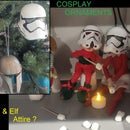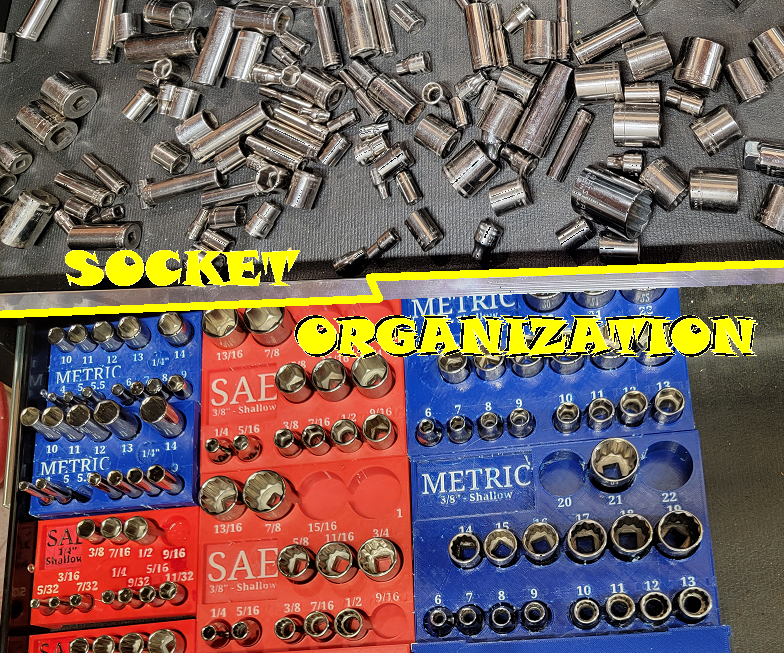Introduction: 3D Print of World Record Paper Airplane
I recently saw a video of the world record holder for a paper airplane and thought "I wonder if I could print that?". So, I set out on designing it in TinkerCAD, printed it and FLEW IT!
Supplies
Paper
Scanner
Computer with Internet
TinkerCAD
3D Printer
Step 1: Paper Version
Before I could make the 3D File, I had to first create a paper version. After doing a quick internet search, I found information on the World Record Paper Airplane made by John Collins. The Airplane "Suzanne" is made out of A4 Paper and Mr. Collins has provided a very good video on how to make it.
Here is information on the Record Event:
How to Fold a World Record-Setting Paper Airplane - Smithsonian Magazine
Here is the video on how to make the paper airplane:
Step 2: Scan the Segments
After folding the airplane, I unfolded it and marked all the folds so that I can scan the image for editing.
I then scanned the image and broke out each seqment. (The picture is colorful, but the colors don't represent anything at this point.)
I then Colored and isolated each triangle in preparation for converting to SVG. (See my Robot Lightswitch Instructable for more information on the process)
After I got the SVG, I imported each triangle into TinkerCAD, set the size and assembled into an airplane model.
Step 3: Printing
For each triangle, I set the size to represent the pieces of paper that were involved in the making. I set my width for each piece of paper to be 0.1 mm. The fuselage had 2 pieces of paper, so it has a width of 0.2 mm. I also added 0.02 mm to the total just to make sure that it would be thicker than my layer heights for the slicing process. (I don't know if this step is truly necessary, but it worked.)
I printed at a layer height of 0.1mm. My intention was to print with solid infill, but I forgot to change my settings and had about 15% infill.
I printed with the wing surface down, as that is the most critical part. No supports are needed.
I also printed this at 175% of the STL file size, which was still smaller than the real paper plane. 200% would probably be the equivalent to the paper plane.
Attachments
Step 4: Test Flight
As I mentioned, I messed up during printing and didn't do solid infill. So, I didn't think it would fly - and it didn't.
First step was to bend the wings. This is mentioned in the Collins video. I just put pressure on the outsides of the wings and slowly got them to bend up and hold shape. This improved flying, but not by much.
I then added a binder clip to the front of the plane. As soon as I did this, this thing flew straight AND FAST!.
So, although it didn't fly straight off of the printer, I think it would with solid infill. Or, at least fly for a little distance.
Hope you enjoyed this.

Participated in the
Make it Fly Challenge














